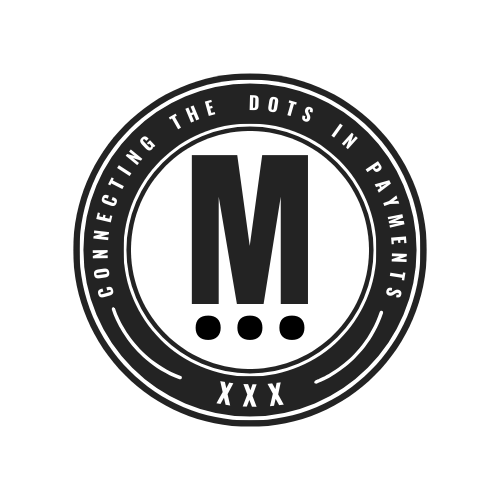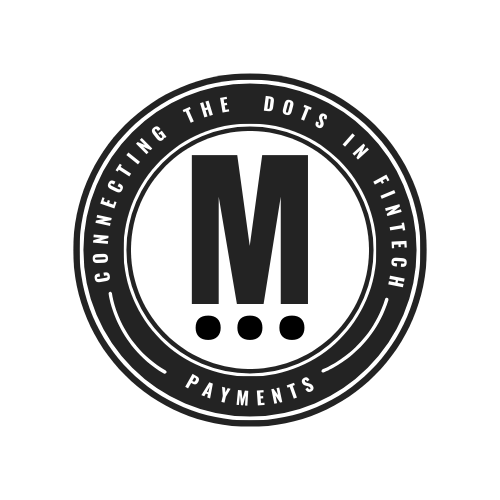Together with Empik and PayEye, Mastercard expands its Biometric Checkout Program to Poland

Hey Payments Fanatic!
Mastercard, Empik, and PayEye are introducing an innovative in-store biometric payment pilot that utilizes iris and facial recognition technology. This initiative, supported by PayEye and technology partner Planet Pay, enables customers to experience a new way of paying for purchases with a simple glance at five Empik stores across Poland. This marks Europe's first Biometric Checkout Program pilot.
The launch addresses the increasing acceptance of biometric technology, with 74% of consumers worldwide expressing a positive attitude toward it.
In Poland, 80% of respondents have used or are using biometric technology, and nearly all individuals aged 18-25 are familiar with it.
Mastercard's global Biometric Checkout Program establishes a pioneering framework for biometric payment authentication, including palm, face, and iris scans.
This advancement streamlines the in-store checkout process, eliminating the need for physical payment cards, cash, or mobile devices.
With this program, secure and convenient payment experiences are achievable simply through biometric authentication.
How do you think about biometric checkouts?
Cheers,
PAYMENTS NEWS
🇦🇺 A2A payments will likely challenge the dominance of cards in Australia. Currently, half of Australia's eCommerce transactions are settled via debit/credit cards, and bank transfers account for another 12%. A2A transactions offer faster, more secure payments with lower fees, moving funds directly between bank accounts without card processing.
🇮🇳 UPI to be expanded to 20 countries by FY29, new payment features planned. The RBI also plans to explore multilateral linkages and collaborative opportunities for the Fast Payment System (FPS) with regions such as the European Union and the SAARC.
🇦🇪 UAE's du Pay becomes principal member of Visa. This collaboration marks du Pay’s entry as a principal member to issue Visa cards, emphasizing its commitment to digital empowerment and financial inclusion. Customers can easily order digital or physical du Pay Visa prepaid cards via the du Pay app, providing secure and widely accepted payment solutions.
🇦🇺 Australia moves to rein in buy-now-pay-later with credit check law. The Australian government on Wednesday introduced legislation that would require BNPL firms to run credit checks on borrowers, aiming to regulate the rapidly growing sector popular among youth like other consumer credit products.
🇫🇷 BNP Paribas and Numeral have partnered to enable payment companies to seamlessly embed SEPA and local payments into their products, become SEPA participants, and optimise their payment operations at scale. WorldFirst, a one-stop digital payment and financial services platform for global businesses, will benefit from the partnership to reinforce its SEPA infrastructures in Europe.
🇮🇳 Buy Now Pay Later (BNPL) startup Simpl on Thursday handed over pink slips to around 30 employees less than a month after it fired 160 people, according to three people aware of the development. This round, like the last one, has impacted people across departments.
🇬🇧 Token.io and Prommt enhance Pay by Bank user experiences to maximise conversions. The launch of Token.io’s Hosted Pages will elevate Pay by bank user experiences, introducing new conversion-boosting features. More on that here
🇮🇳 Paytm’s share of the unified payments interface (UPI) market in India fell for a fourth straight month as the FinTech pioneer struggles to recover from a regulatory setback. Paytm accounted for 8.1% of total UPI transactions in May, down from 13% in January, according to data released by the NPCI.
🇺🇸 Buy now, pay later (BNPL) provider Affirm has launched two new payment options designed to offer customers more flexibility and affordability: Pay in 2 and Pay in 30. As the name suggests, the new offerings let consumers split their purchase into two interest-free payments per month or pay in full interest-free within 30 days.
🇳🇬 Nigerian payments company Zone recently announced the launch of a blockchain-powered point-of-sale payment gateway. This gateway facilitates transaction routing to issuers and aims to prevent chargebacks or chargeback fraud by promptly reimbursing customers for unsuccessful transactions.
🇪🇺 How European banks compare on readiness for EU payments regulations. An EY survey of 26 leading European banks and payment service providers (PSPs) shows that 63% anticipate the regulations will necessitate modifications or upgrades to their infrastructure. Find out more
GOLDEN NUGGET
How does 𝐒𝐖𝐈𝐅𝐓 wire transfer work in 𝐜𝐫𝐨𝐬𝐬-𝐛𝐨𝐫𝐝𝐞𝐫 𝐩𝐚𝐲𝐦𝐞𝐧𝐭𝐬?
Let’s dive in, step by step:

First, what is SWIFT?
The Society for Worldwide Interbank Financial Telecommunication (SWIFT) is the main secure 𝐦𝐞𝐬𝐬𝐚𝐠𝐢𝐧𝐠 𝐬𝐲𝐬𝐭𝐞𝐦 that links the world’s banks.
The Belgium-based system is run by its member banks and handles 𝐦𝐢𝐥𝐥𝐢𝐨𝐧𝐬 𝐨𝐟 𝐩𝐚𝐲𝐦𝐞𝐧𝐭 𝐦𝐞𝐬𝐬𝐚𝐠𝐞𝐬 per day.
More info about SWIFT, in general, can be found in this explainer, I posted earlier on LinkedIn.
The diagram below by ByteByteGo illustrates how payment messages are transmitted from Bank A (in New York 🇺🇸) to Bank B (in London 🇬🇧).
Note that the SWIFT network handles the 𝐢𝐧𝐟𝐨𝐫𝐦𝐚𝐭𝐢𝐨𝐧 𝐟𝐥𝐨𝐰 of money, not the 𝐟𝐮𝐧𝐝 𝐟𝐥𝐨𝐰. The fund flow involves central bank systems.
Step 1: Bank A sends a message with transfer details to Regional Processor A in New York. The destination is Bank B.
Step 2: Regional processor validates the format and sends it to Slice Processor A. The Regional Processor is responsible for input message validation and output message queuing. The Slice Processor is responsible for storing and routing messages safely.
Step 3: Slice Processor A stores the message.
Step 4: Slice Processor A informs Regional Processor A the message is stored.
Step 5: Regional Processor A sends ACK/NAK to Bank A. ACK means a message will be sent to Bank B. NAK means the message will NOT be sent to Bank B.
Step 6: Slice Processor A sends the message to Regional Processor B in London.
Step 7: Regional Processor B stores the message temporarily.
Step 8: Regional Processor B assigns a unique ID MON (Message Output Number) to the message and sends it to Slice Processor B
Step 9: Slice Processor B validates MON.
Step 10: Slice Processor B authorizes Regional Processor B to send the message to Bank B.
Step 11: Regional Processor B sends the message to Bank B.
Step 12: Bank B receives the message and stores it.
Step 13: Bank B sends UAK/UNK to Regional Processor B. UAK (user positive acknowledgment) means Bank B received the message without error; UNK (user negative acknowledgment) means Bank B received checksum failure.
Step 14: Regional Processor B creates a report based on Bank B’s response, and sends it to Slice Processor B.
Step 15: Slice Processor B stores the report.
Step 16 - 17: Slice Processor B sends a copy of the report to Slice Processor A. Slice Processor A stores the report.
I highly recommend following Hua Li for more great explainers like this one 👌
Want your message in front of 100.000+ FinTech fanatics, founders, investors, and operators?
Shoot me a message on LinkedIn.



Comments ()